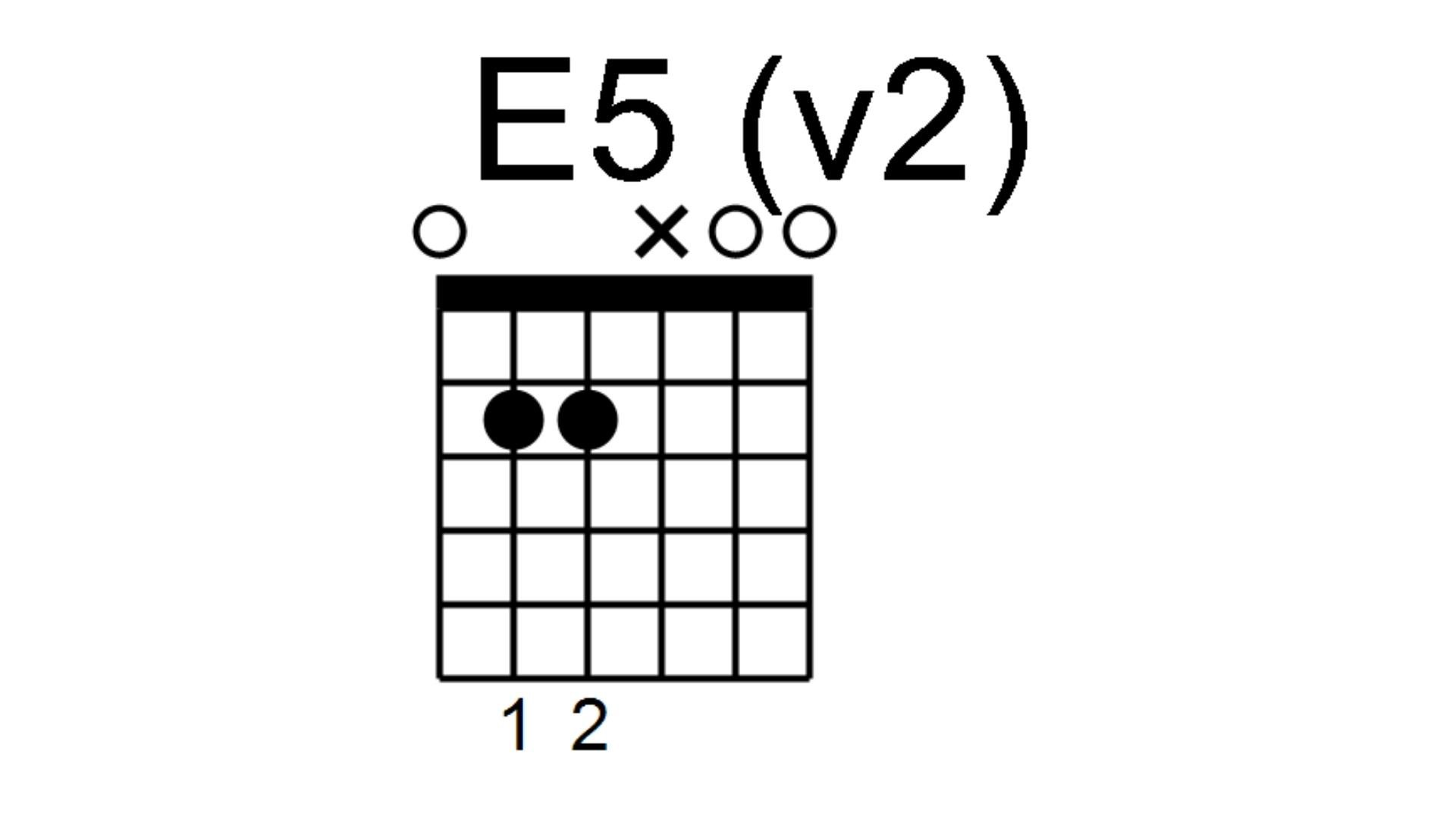
Bruce Springsteen knows a thing or two about writing an anthem. When you think of his tracks you think of epic storytelling, huge anthemic hooks and choruses you want to sing for days.
But what goes on under the hood? In this lesson we’re going to check out four key chords from some of Bruce’s biggest hits.
They don’t call him The Boss for nothing!
E5

An E5 is a chord you’ll probably have seen countless times. Typically, it’s just a regular E power chord right?
In the Born In The USA track I’m On Fire, the arpeggiated guitar line plays the E5 power chord with an additional B note on the 4th fret of the G. While this extra note still maintains the name of E5 (Because the B note is the 5 interval in the chord), it makes for a nice melodic extension on a chord you probably use daily.
C#min

In the track Dancing In The Dark, the C#min chord in the verse is played in this manner. This is pretty much identical to how you’d usually play a C#min chord except instead of barring across all the string to sound the 4th fret of the high E, you play that string open.
This means the E note you’re playing on the 5th fret of the B is doubled, giving the top end of the chord a slight chorusing effect.
It’s a subtle detail but makes for interesting chord adaptations.
Fno5/A

This is quite an unusual chord, it’s the start of an F major chord, without the 5 interval, but with an additional A in the bass. The A is the major 3rd interval in an F chord, but in this instance, it’s holding the root as well.
You can hear this in the second verse of the track Thunder Road.
This very simple chord gives you the sound of an F major without needing to play all the notes, freeing up a lot of sonic space for the other instruments in the mix.
E5

Here’s another E5 variant, this time from the track Born In the USA.
This takes the form of what you’d see on paper as an E minor chord but upon closer inspection you’ll see the open G muted. The G note here is the minor 3rd of the E minor chord, If you remove this you are left with E notes and B notes, meaning although you’re hearing 5 strings rung out, you’re only hearing the notes that make up an E5 chord.
This extended E5 shape is great for hitting hard with a touch of overdrive and with a lot of Springsteen style voicings, frees up some sonic space for other instruments to hit the major 3rd.







